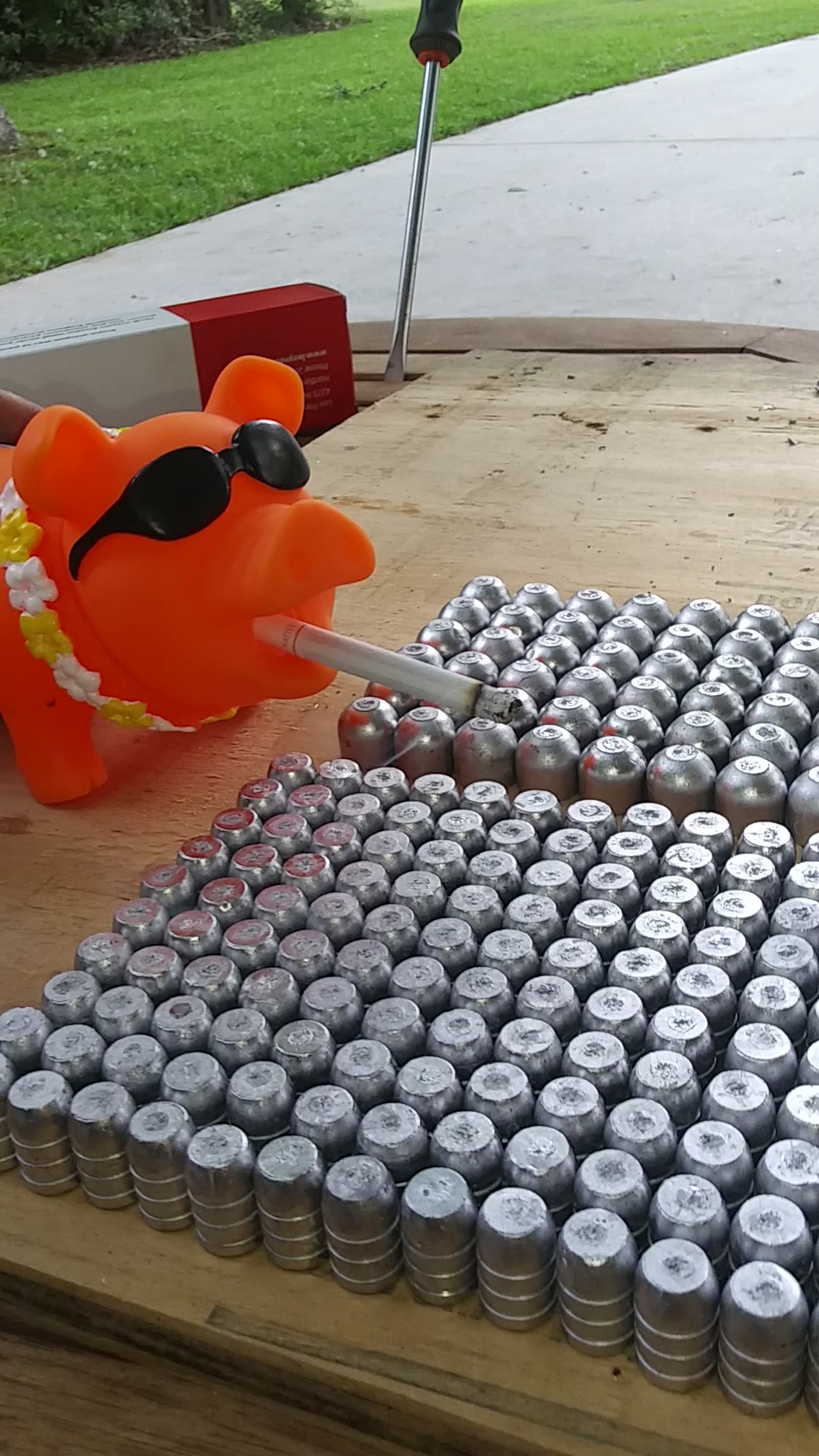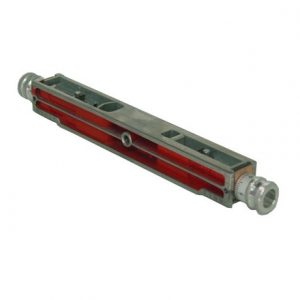
Casting bullets has been around since the invention of the first firearm. Many shooters today find that casting bullets is not only economically feasible, a fun hobby, and for some, therapeutic. Firearms related technology has rapidly advanced from it’s beginnings, and the casting technology we have available today is no different. In this article, I will cover the materials and equipment you will need to get started casting your bullets at home. I have even created a handy Amazon list at the bottom of this article that has all the equipment you will need to get started.
Before you buy any lead processing equipment, it is critical you ask yourself if you plan on processing scrap lead or only casting lead from ingots. Though the initial investment is a bit more ($130) to make your own ingots, I do recommend taking this route. Due to the ease of acquiring scrap lead, it is best to invest processing equipment for a few reasons. You will find that trying to process lead scrap in a production pot is a hassle and dirty lead makes a mess of your equipment.
The Lyman processing pot is made of cast iron and works best with a propane burner. A burner is much quicker for processing lead over electric pots and while fluxing, the burner will automatically ignite your flux, reducing any toxic smoke to less than detectable levels. The wide surface area of the Lyman pot also allows you to scoop crud and contaminants with ease, especially when processing wheel-weights. The Lyman processing pot will rapidly pour lead which will save you time pouring ingots, over that of the production pot which has a small controlled flow for bullets.
Some accessories to consider are a small ladle, which you will use to add flux, scoop contaminants and spoon air into the lead when fluxing. If you do not have a propane burner, electric can be used, but is much slower when processing. If you use electric, do not cast lead inside your home or in an enclosed area. Outside in your yard or under a carport is the best place, but keep an eye on the weather.
Lead does not solidify in the pot immediately after unplugging, and it will take time to solidify. Any moisture in your lead pot can create a disaster of volcanic proportions, and trying to rush in an effort to get your pot out of rain will only land you in your local ER’s burn unit. In the event I need to remove the lead from my production pot quickly, I will dump it into my ingot mold, yet it still can take a few minutes to drain a full pot. Always be aware of your surrounds when working outside. If you have an irrigation system, shut it off while casting and disconnect your water hoses if you have kids!
Additionally, you will also need a lead casting thermometer from Lyman, which is about $40, but worth the investment. Most cheap BBQ thermometers wont last long and in my experience, give inaccurate readings. I do not recommend using a laser thermometer either, as they only read surface temperature. Our concern is the middle to bottom portion of the pot. Also, if you plan on processing scrap with propane, consider getting a grill fire grate for the top of your burner. Most burners do not have much of an area to set small items, but the grate will create a stable surface for your processing pot while allowing you to heat your ingot mold after quenching.
I prefer to use the Lee production pot to cast bullets and the dropper system allows for a steady controlled flow of lead into the mold. Though you can use the Lyman processing pot for casting, it will make a mess and waste a ton of lead due to its weight and v-mouth which yields a fast flow. The production pot is electric, so it can take a little bit of time to heat up and temperature adjustments can take some time. Also when fluxing, be sure to ignite your flux to avoid excessive smoke!
Speaking of Flux, you need to flux your lead to clean it and keep certain metals alloyed together! I have used several brands and types of flux like Brownells Marvalux, Crisco, olive oil, saw dust, you name it, I have tried it. I have developed a flux mixture which combines various plant and fruit oils yet yields amazing results and has no real excessively foul odor when burning. I am still dialing this flux mixture in, but hope to have it available for purchase later down the road.
The most important item you will need BEFORE casting is a casting handbook, don’t go into this blind! The experts at Lyman have assembled a wealth of information in their 40th Edition Cast Bullet Handbook and you will gain a wealth of knowledge about the process. The second most important thing you will need is proper PPE like welding gloves, safety glasses and a respirator. When employed, this PPE will protect you from the hazards associated with handling carcinogenic, 750 degree liquid metal.
You will also need to obtain molds from one of many mold suppliers. Molds can cost as little as $19, but can run in excess of $250, depending on many factors. First, I would consider what calibers you are casting for, slug the bores, then order your molds. Powder coating is also becoming popular, and some mold makers are creating molds to account for the additional thickness of the coating. I plan to do a “Gun How To’s: Bullet Powder Coating” tutorial very soon. Currently, I personally cast various sizes of soft lead for buckshot, .500 caliber pistol bullets and 1oz 12 Gauge Slugs. I hope to be casting all of my pistol calibers in the next year or so, but will have to acquire pure antimony and tin to adjust the brinell hardness of my lead.
In closing, casting is a fun and dangerous hobby; it is fun to melt metal yet dangerously masculine! On a serous note, hot metal is dangerous, but making and shooting your own bullets is very rewarding and can be very cheap. If you have kids, they will be instantly attracted to casting, ditching all electronic technology in an effort to make the perfect bullet! If you did not check out the amazon list, do so here, as you may find many of the items you will need to get started are already on hand. If you have none of the tools listed, the average investment will be around $300 with a mold, and prime members can begin casting in a matter of days, which is not bad for a new and exciting weekend adventure!
Watch The Latest Gun How To Bullet Casting Video!



